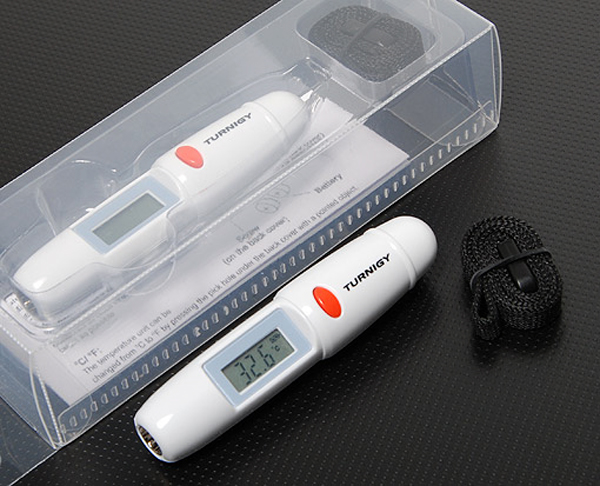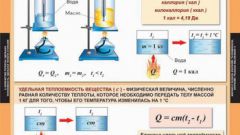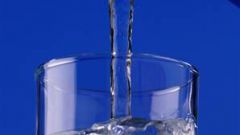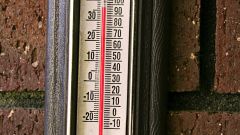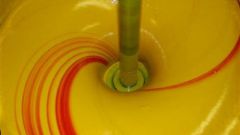You will need
- thermometer, scales or measuring cylinders, table of specific heats of substances.
Instruction
1
The temperature of the mixture is homogeneous, zidkostei use the balance to determine the mass of miscible liquids in kilograms. In the case of water (the most common), you can measure its volume in liters using measuring cylinder. The number of liters numerically equal to the mass of water in kilograms. Measure the temperature of each fluid in degrees Celsius. One of them will have a higher temperature, and the other smaller. The first will give off heat and the other to pick up. At the end of the process, their temperature will be equal.
2
Find the product of mass and the warmer liquid at its temperature and add it to the product of mass and the colder liquid at its temperature. The result divide by the sum of the masses of the liquids (t=(m1•t1+m2•t2)/(m1+m2)). The result will be the temperature of the mixture, homogeneous liquids. In the practice of mixing should minimize the influence of external factors, so blending is better done in the calorimeter.
3
The temperature of the mixture of different idcontainer mix, be sure it is practically possible. For example, to mix water and oil can not be - the oil is on the surface of the water. Find the mass and initial temperature of liquids by the method described in the previous paragraph. In the table of specific heats, find these values for liquids that are mixed.
4
After this, make the following sequence of mathematical operations:- find the product of the specific heat capacity of the fluid with a higher initial temperature for its mass and temperature;
- find the product of specific heat capacity with a lower initial temperature for its mass and temperature;
- find the sum of the numbers obtained under paragraphs 1 and 2;
- find the product of the specific heat capacity of the fluid with a higher initial temperature value of that temperature;
- find the product of the specific heat capacity of the fluid with the smaller initial temperature value of that temperature;
- find the sum of numbers obtained in the paragraphs 4 and 5;
- divide the number obtained in paragraph 3 by the number obtained in paragraph 6. t=(C1•m1•t1+C2•m2•t2)/(C1•m1+C2•m2).
- find the product of specific heat capacity with a lower initial temperature for its mass and temperature;
- find the sum of the numbers obtained under paragraphs 1 and 2;
- find the product of the specific heat capacity of the fluid with a higher initial temperature value of that temperature;
- find the product of the specific heat capacity of the fluid with the smaller initial temperature value of that temperature;
- find the sum of numbers obtained in the paragraphs 4 and 5;
- divide the number obtained in paragraph 3 by the number obtained in paragraph 6. t=(C1•m1•t1+C2•m2•t2)/(C1•m1+C2•m2).
